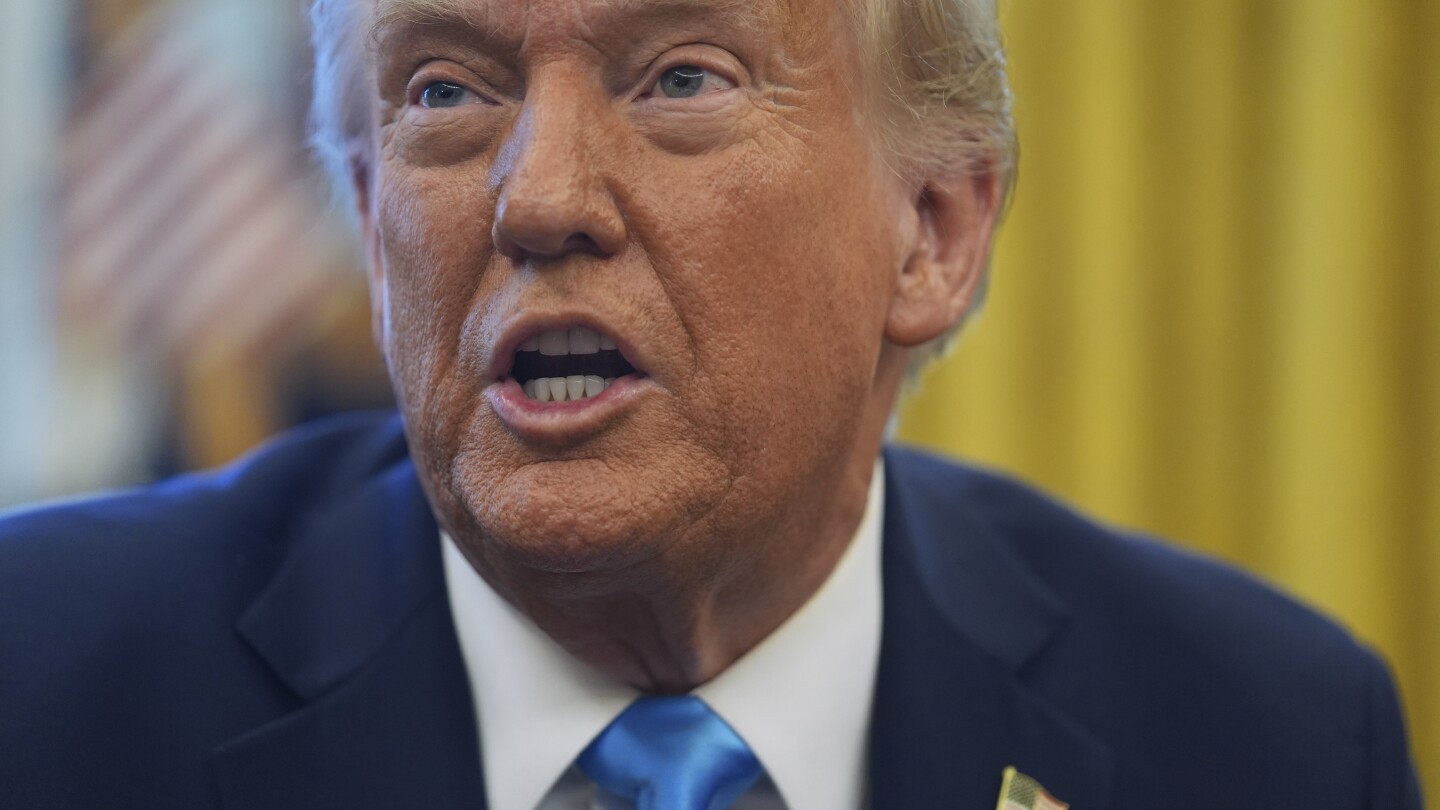WASHINGTON (AP) — When Donald Trump initiated a significant trade war during his first term, his unpredictable mix of threats and import taxes on U.S. trading partners caused chaos and drama, drawing criticism from economists who advocate for free trade. However, the U.S. economy did not suffer much damage—or gain much benefit. Inflation remained controlled, economic growth continued as before, and the large trade deficits Trump targeted grew even larger.
In his second term, Trump’s renewed trade war appears more ambitious and operates in a riskier economic climate. His plans to impose 25% tariffs on goods from Mexico and Canada and to double a 10% levy on China could threaten growth and raise prices in the U.S., conflicting with his campaign promise to curb inflation. These tariffs would be paid by U.S. importers, who would likely pass the increased costs onto consumers through higher prices.
Trump has acknowledged potential repercussions, stating on social media, “WILL THERE BE SOME PAIN? YES, MAYBE (AND MAYBE NOT!), BUT WE WILL MAKE AMERICA GREAT AGAIN, AND IT WILL ALL BE WORTH THE PRICE THAT MUST BE PAID.” Initially, many of these actions were paused, but now they are set to begin. China has already retaliated against U.S. tariffs, and Trump plans to escalate them further.
Economists warn that this second trade war could be far more costly. Unlike his first term, when tariffs were carefully targeted to minimize consumer impact, this time they are broad. For example, Basic Fun, a toy company in Florida, anticipates raising prices due to these tariffs. CEO Jay Foreman expects the price of the Tonka Classic Steel Mighty Dump Truck to rise from $29.99 to as much as $39.99.
A retaliation clause in Trump’s recent tariff orders could trigger a spiraling trade war, according to Eswar Prasad, a professor at Cornell University. Economists at a National Association for Business Economics conference expressed concerns about the tariffs’ economic impact. Michael Strain from the American Enterprise Institute estimated that the proposed tariffs could reduce economic growth by up to half a percentage point.
Unlike his first term, Trump is likely to face less resistance from his own advisors, as tariffs are now a core belief within the White House. Diane Swonk from KPMG noted that the impact of these tariffs would be more substantial, targeting multiple countries simultaneously. Additionally, Trump aims to use tariffs to raise government revenue, potentially keeping them in place even if other countries meet his demands.
The economic context is also different this time. Inflation is no longer benign, having surged post-COVID-19 lockdowns. Although it has decreased from its mid-2022 peak, it remains above the Federal Reserve’s 2% target. Trump’s tariffs could reignite inflationary trends, influencing the Fed to reconsider anticipated interest rate cuts, thus affecting mortgage and loan rates.
— news from The Associated Press
